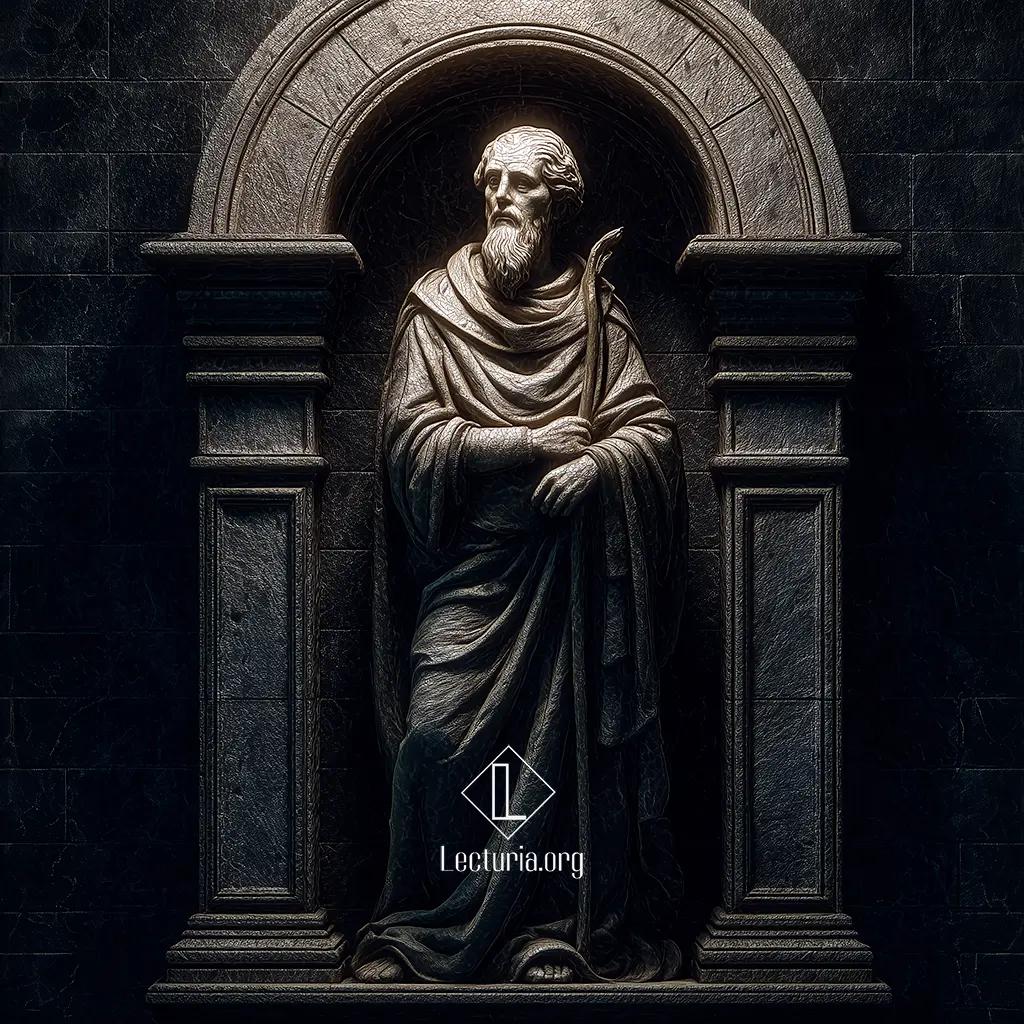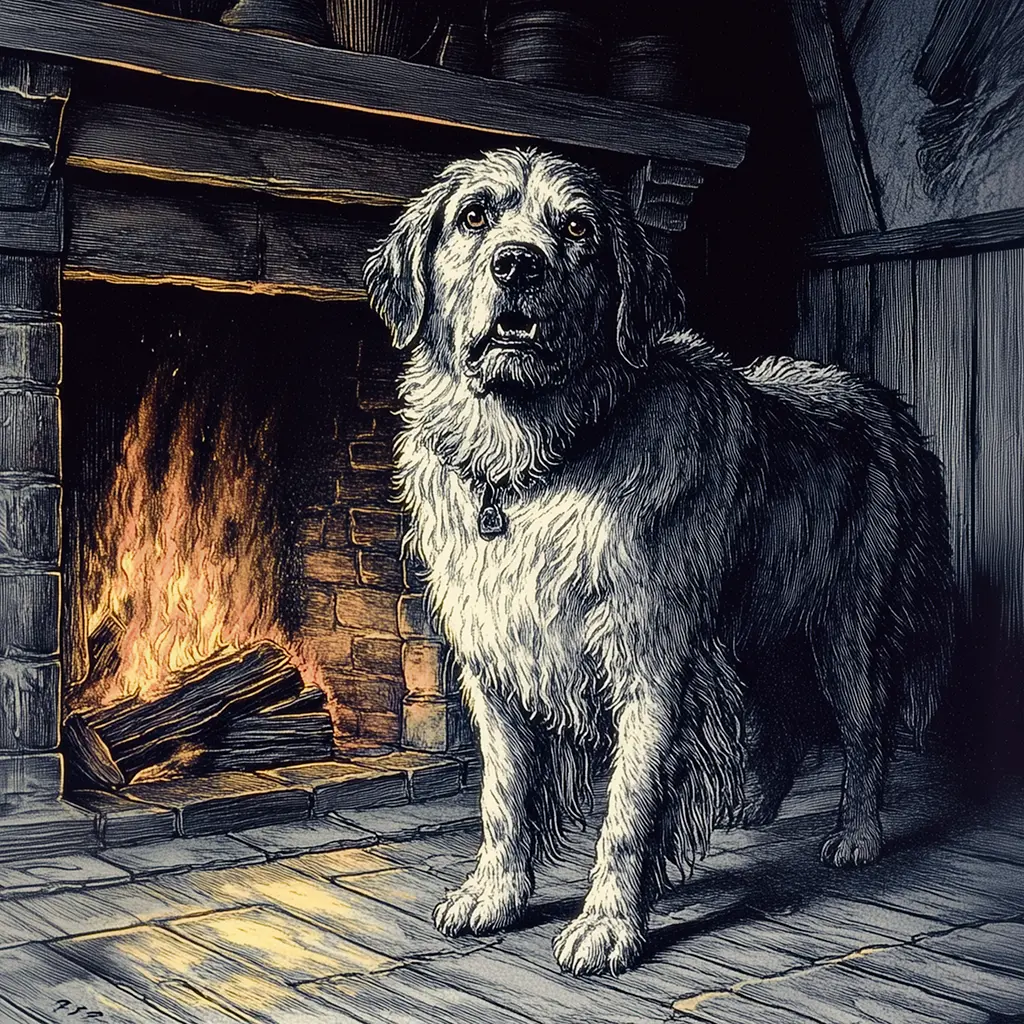Saki: The Saint and the Goblin
“The Saint and the Goblin” is a short story by Saki, published in 1910 in Reginald in Russia and Other Sketches. In an old cathedral, a little stone saint and a goblin carved into the opposite wall converse every night. The saint worries about the poor mice that live in the church, while the goblin teases him with irony and a pragmatic view of the world. Between them unfolds a sharp, satirical dialogue about charity and the limits of goodness. An unexpected event will put the sincerity of their ideals to the test.





